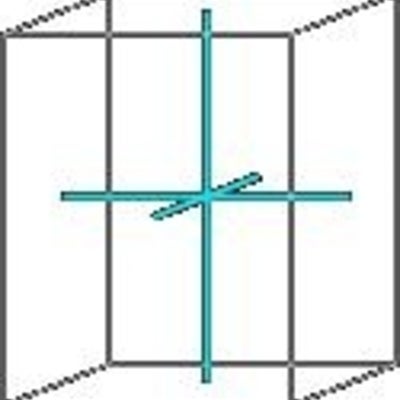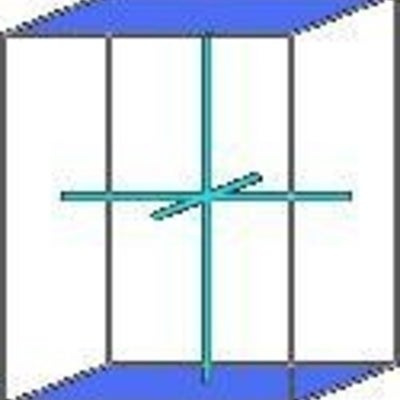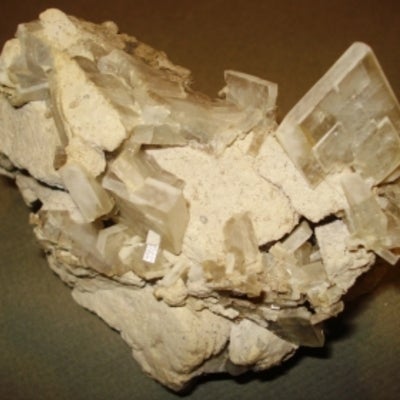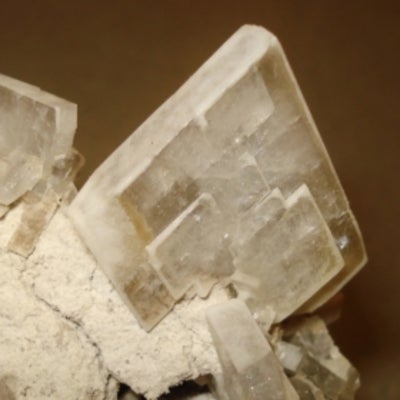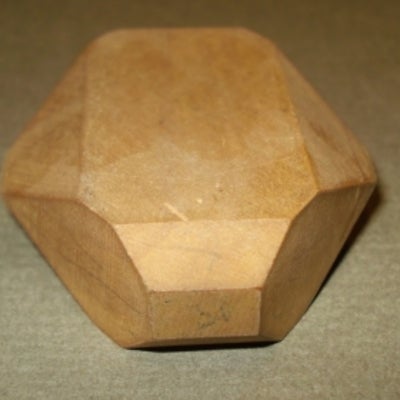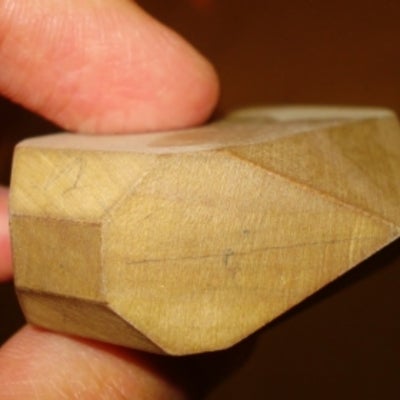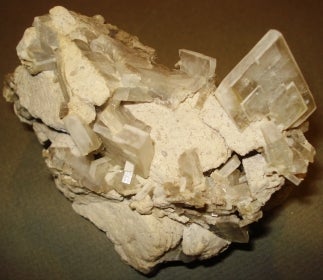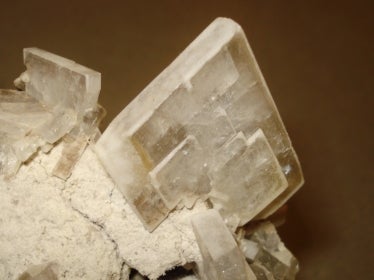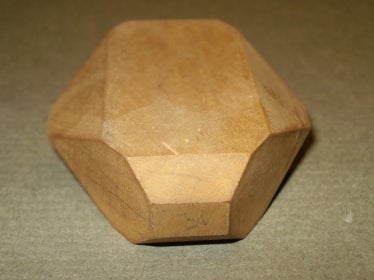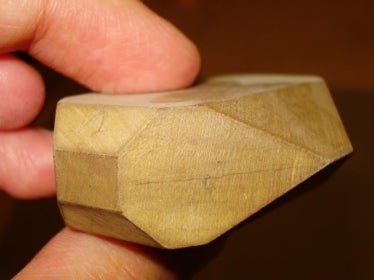In this system there are three axes, all of which meet at 90 degrees to each other. However, all the axes are a different length.
This crystal system has the following forms:
- Prism and Pinacoid
- Three Prism
- 2 Pinacoid Form
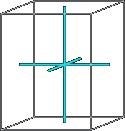
1 / 6
Prism: Prisms have a set of faces that run parallel to an axis of a crystal, yet never converge with it. The tetragonal prism is composed of 4 faces which are parallel to a 4-fold rotation axis
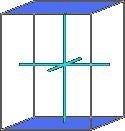
2 / 6
Pinacoid: A pinacoid is composed of only two parallel faces. In this case, the top and bottom face are the pinacoid forms (the blue faces). There are a total of three pinacoids in this form.
